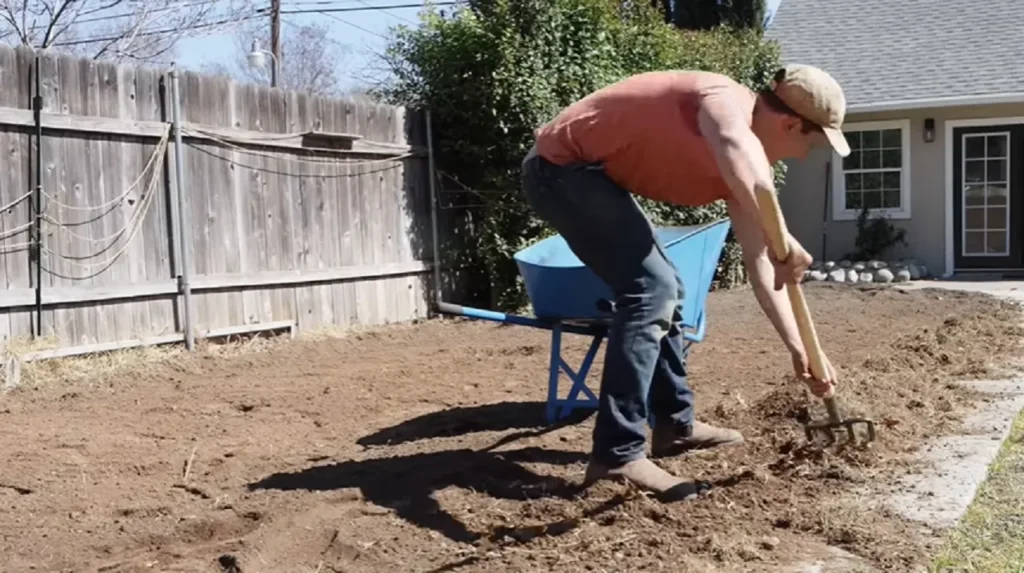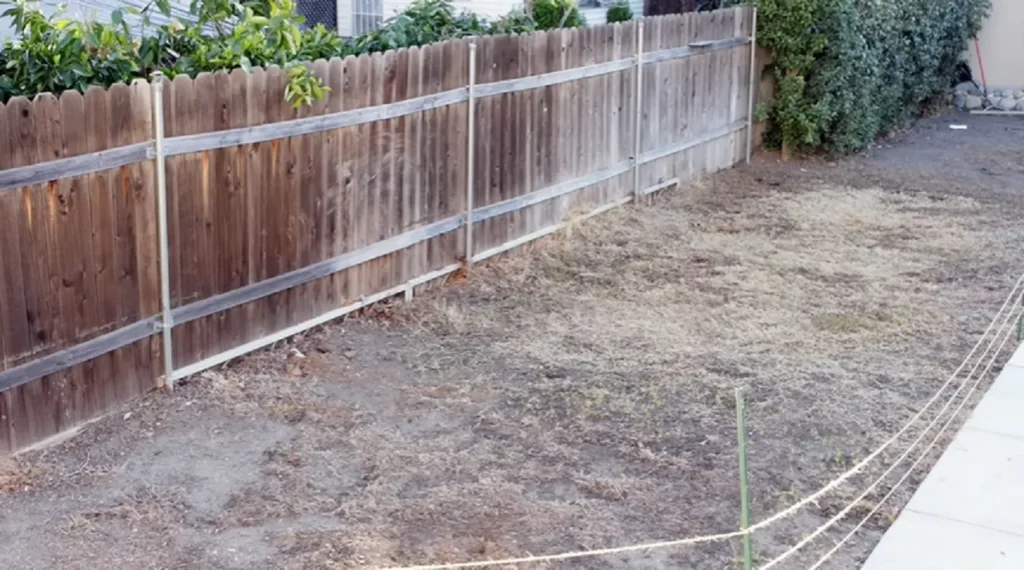Are you looking to start a garden? This guide will walk you through the essential steps to get your garden up and running, whether you’re in a country, suburban, or apartment setting. There are numerous ways to garden, from container and raised bed gardening to traditional methods. Let’s explore where to begin.
1. Choosing the Right Location for Your Garden
The first thing to consider when looking to start a new garden is location. Pay close attention to your yard, especially where you get the most amount of sunlight. Generally, most crops thrive in full sun. Some, like leafy greens, can do well in part shade, but most will perform best in full sun with few exceptions.
Utilizing Technology for Sun Tracking
Several apps are available for Android or iPhone that can track the sun’s path during different times of the year. Even if you’re planning your garden in winter, you can use these apps to simulate the sun’s path in July and determine the areas with the best sunlight exposure. Use this information to pick the perfect spot.
2. Selecting What to Grow in Your Garden
Many new gardeners are tempted to buy a wide variety of seeds. While experimenting is great, focus on growing things you eat the most and things you can preserve. Consider what your family uses regularly. If you eat salads daily, grow plenty of salad greens. If you use a lot of tomatoes or tomato products, grow a lot of tomatoes.
Prioritizing What You’ll Use
It’s essential to ensure that the core of what you’re growing is something you will actually use. There’s nothing worse than planting a garden, caring for it, and then not wanting to eat half of what you grew when harvest time arrives.
3. Sourcing Your Seeds
It’s best to buy your seeds earlier in the year, even during the winter months, especially in northern climates, as you can often find better deals. Consider buying seeds online. Several sources offer a wide variety of seeds at affordable prices.

Online Seed Resources
One resource is a seed store with a YouTube channel, offering inexpensive seeds in packets with a great amount for small gardens. They’re very affordable and often offer discounts.
4. Deciding When and Where to Start Seeds
Determine which seeds need to be started inside and which can be directly sown in the ground. This depends on your location. In northern climates, start hot weather crops like peppers, tomatoes, and melons inside. If the seed packet indicates a harvest time longer than 90 days, start those seeds indoors.
Considering Your Climate
If you’re in warmer climates down south, you may not need to start seeds indoors and can sow many directly into the ground in March or April.
5. Preparing Your Garden Space
Decide whether to use raised bed gardens or a traditional garden. Traditional gardening is easy to start; you can till a small spot of land with a shovel or tiller. Amend the soil with compost. Raised bed gardening offers benefits but requires purchasing wood and soil to fill the beds.
Weighing the Options
If you’re just getting started, don’t be discouraged by the cost of raised beds. Traditional gardening is an easy way to begin. Raised beds are a great long-term investment and easier to weed and care for.
6. Soil Amendments: Enhancing Your Soil
Amend your soil, whether using a soil mix in a raised bed or tilling in manures and other organic matter in a traditional garden. While soil testing isn’t always necessary, generally, the more organic matter, the better.
Easy Soil Mix Solutions
If you have access to a local farm, getting a truckload of compost to mix with your soil is a great way to start. For a simple bagged approach, purchase peat moss and manure compost from a home improvement store and mix them. This can be used to amend soil or fill a raised bed.
7. Composting: A Garden’s Best Friend
If you haven’t already, start a compost pile. It’s one of the easiest and cheapest ways to get good soil every year. Use kitchen scraps, yard waste, tree clippings, and leaves.
Simple Composting Methods
Create a simple compost pile in a corner of your yard. Turn it once or twice a year with a pitchfork or shovel, and you’ll have good compost in about a year. Mix your compost into your soil, whether locally around each plant or tilling it into your whole traditional garden section or mixing it into a raised bed. Fresh compost is a great way to provide nutrients to your plants.
8. Planting Your Vegetables
When you’re ready to get started planting, the best thing to do is to look at the back of your seed packets for planting instructions. Detailed descriptions on what the seeds are going to grow for you, what they’re used for, and how to plant them are often provided. Follow that guidance.
Sunlight Considerations
Pay attention to sunlight when planting. Avoid placing tall plants like corn or sunflowers on the south side of your garden, as they will shade the rest of your crops. Instead, place your tallest plants on the north side to ensure minimal shading.
9. Caring for Your Garden: Weed and Water
Caring for your garden is crucial. The biggest mistake new gardeners make is letting weeds get out of control. Get out into your garden no more than one week after planting to pick the weeds that start coming up.
Weed Control and Mulching
Use woodchips to control weeds. Many cities offer free woodchip mulch from tree trimming waste. Cover your entire garden with woodchips around your plants. Water is also very important, especially for a young garden. Fan sprinklers are a great gentle way to water a garden unless you are using drip irrigation.

Maintaining Moisture
Avoid cheap sprinklers that will break. Invest in a quality fan sprinkler. Once plants are established, they don’t need to be watered quite as much. If you go on vacation, have someone turn on your sprinkler at least once, especially if it’s hot and dry. Keep those weeds down, maintain proper watering, and you’ll have a great harvest.
10. Harvesting and Preserving Your Bounty
Harvesting time is the reward. Be prepared with canning supplies and ways to preserve your harvest. Plan ahead, especially if you’re in the northern hemisphere.
Preservation Techniques
Consider easy methods like freezing and vacuum sealing. Vacuum sealers are an inexpensive investment and very easy to use. Dice things up, vacuum seal them, and freeze them. Stagger your planting of quick-growing things like radishes and leafy greens for a continuous harvest.
11. Preparing Your Garden for Next Year
After you’ve harvested your garden, cover the ground to prepare it for the next year. Use a cover crop like winter wheat or leaf compost, straw, or woodchips. Keeping the ground covered helps retain moisture and nutrients.
Reusing Plant Nutrients
Leave plant stocks on the ground. The nutrients in those stocks will go back into the soil, preparing it for the next year.
Hopefully, this information has been helpful for those looking to start a garden!